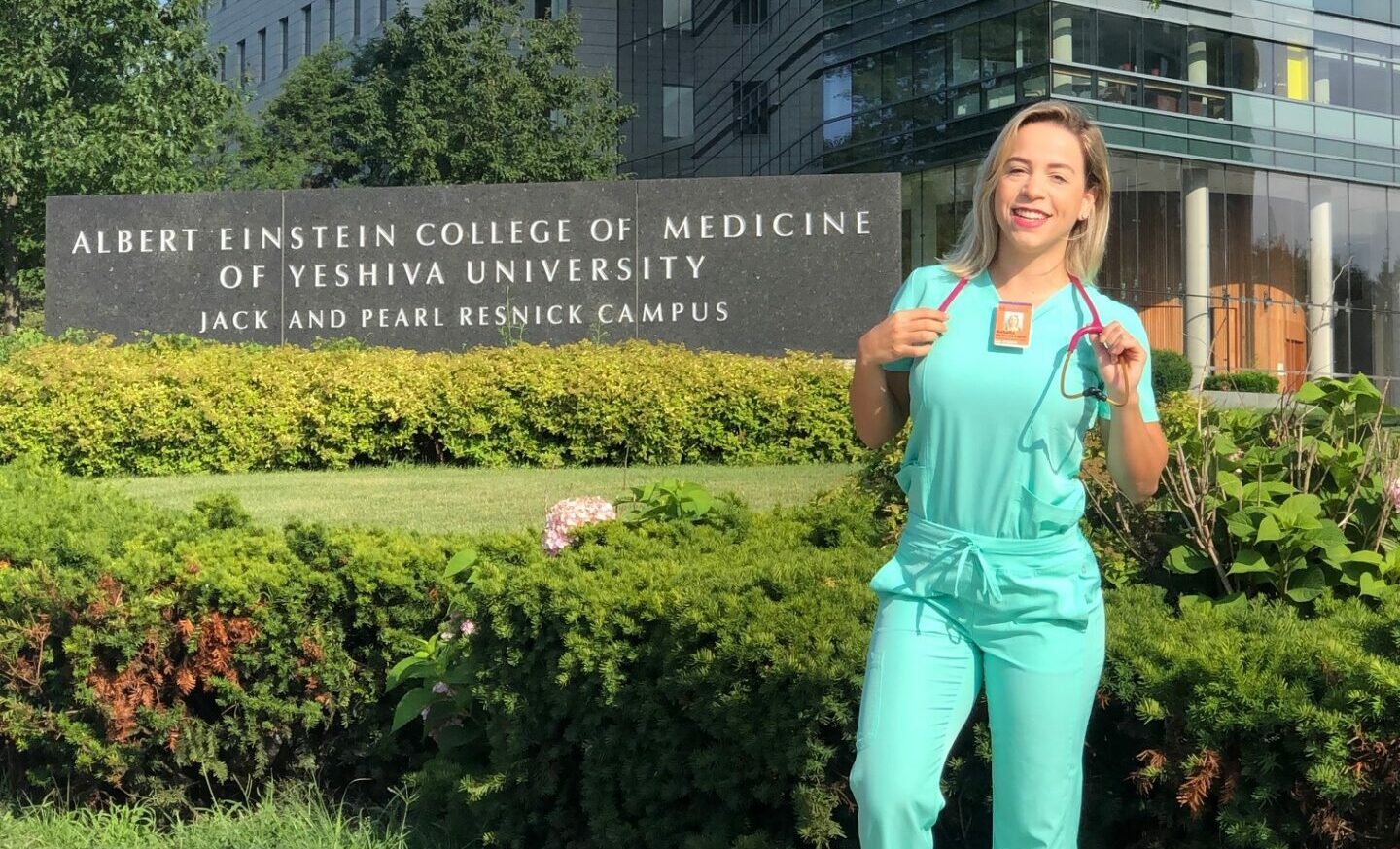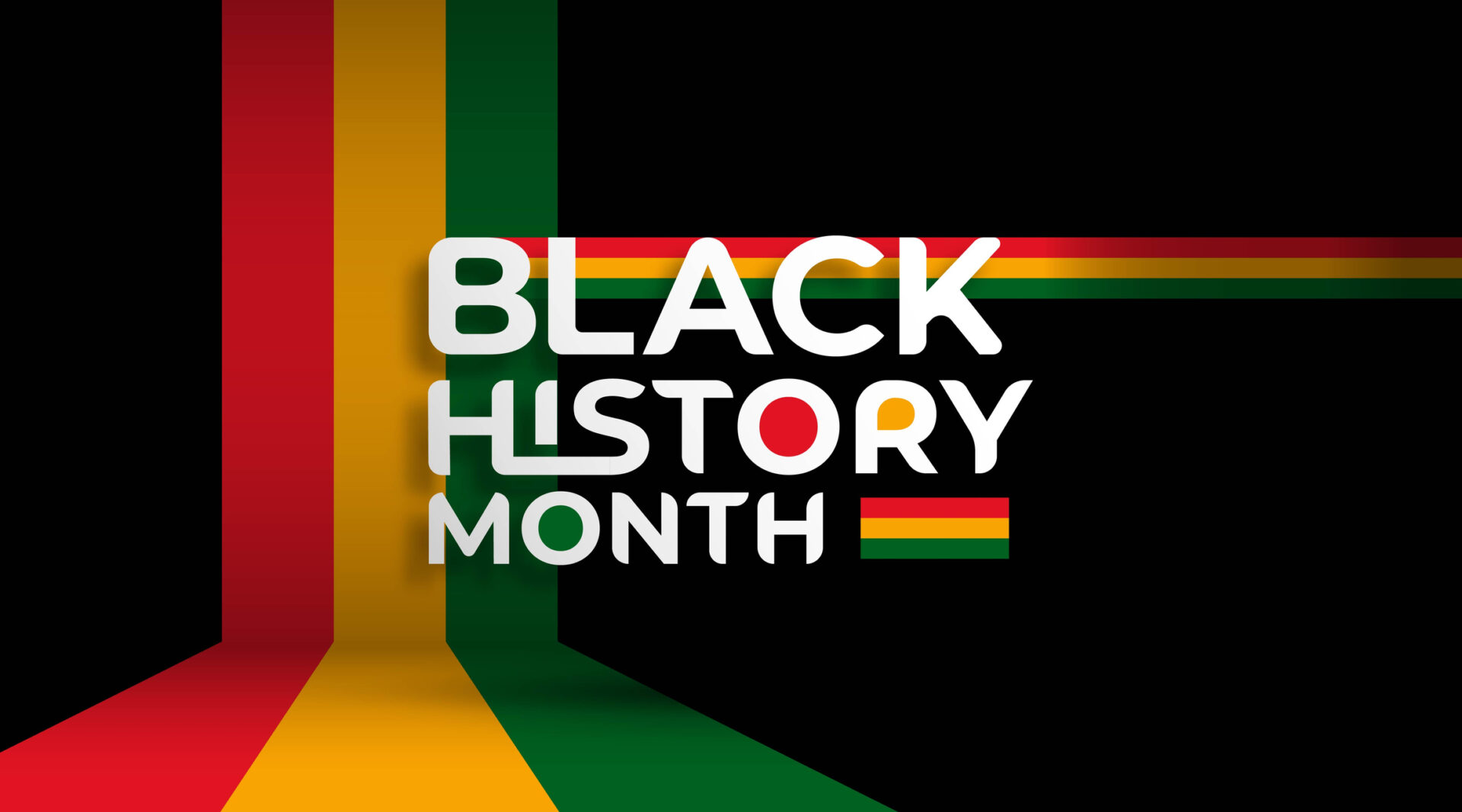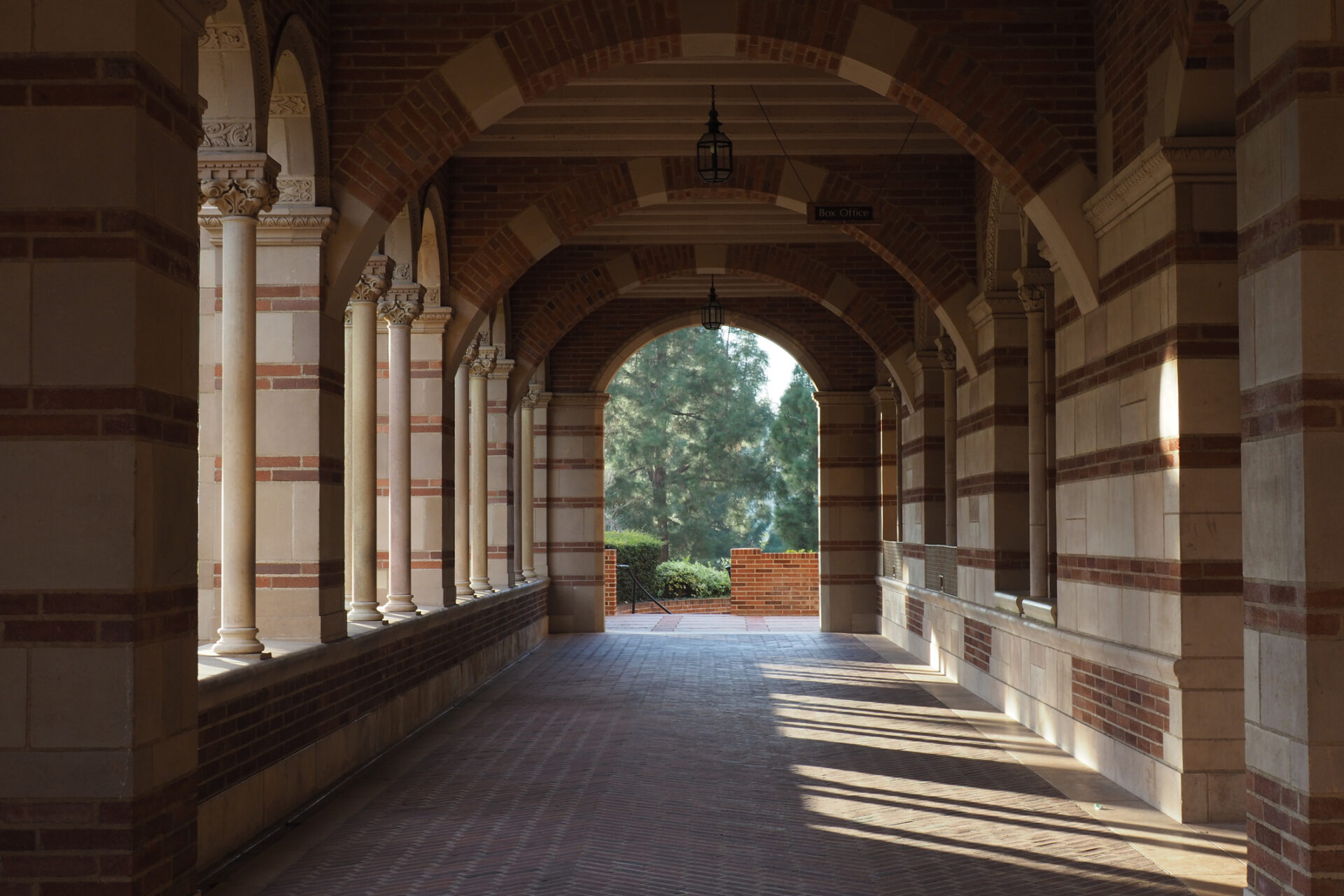On Friday, June 24, the U.S. Supreme Court reversed Roe v Wade, declaring there is no constitutional right to abortion—a right protected since 1973—in their ruling on Dobbs v Jackson Women’s Health Organization.
Along with reversing Roe v Wade, this ruling also reverses Planned Parenthood v Casey—both of which have protected the women’s right to receive an abortion for nearly 50 years.
AMO joins others across the medical community in condemning the U.S. Supreme Court’s ruling. Restricting women’s access to healthcare is social regression. It undermines women’s autonomy, and it is detrimental to this country’s promises of liberty and equality.
SCOTUS’ decision will have lethal consequences for women and children across the country. The increase in maternal mortality rates expected from such a decision has been widely covered. Now, with state-level laws banning or heavily restricting abortion in much of the country, a new map of the United States is taking shape. Across the South, Midwest, and the Rocky Mountain Region, states with significant rural populations—who already face barriers in healthcare access—will be most significantly impacted.
It is also important to note that restricting abortion access will not stop abortions: They will stop safe abortions. Even before the Dobbs decision, the U.S. had 27 abortion deserts—areas in the U.S. that were 100 miles or more from the nearest abortion provider. With providers already canceling abortion appointments across the country, it’s likely that not only will the number of abortion deserts increase but the geographic distance between women and safe abortions will widen.
While abortion remains legal in 19 states, there are still places in the U.S. women can find safe, legal abortions; 19 states still define them as legal. However, with the average cost of an abortion ranging from $450 to $600, not including the cost of travel and potential lodging, this option is only viable for a fraction of the women who will need an abortion in a post-Roe world.
Worse, this option may not be around for long; in removing federal protection of the right to an abortion, the Supreme Court not only opened the door for states to ban legal abortion but for a future federal legislative ban on abortion—a long-held goal of the far-right Christian fundamentalist movement in the U.S. Such a move would place the state of women’s health in America among countries such as Iraq and Madagascar. Further, the court’s legal reasoning could be extended to invalidate federal protection of marriage equality, the right to access contraception, and even interracial marriage.
Abortion is a safe and routine medical procedure when trained, experienced medical providers perform the operations. So safe, in fact, that mifepristone and misoprostol—the two pills used for medication-induced abortions—are fully approved by the FDA. The Supreme Court’s decision on Dobbs is based on an antiquated and partisan reading of the law. It is ethically void and morally flawed.
AMO condemns the decision and will continue to champion equitable access to healthcare.
How Can You Help?
Donate to:
Indigenous Women Rising Abortion Fund
National Network of Abortion Funds
Stay Informed
Text FIGHTBACK to 826-23
Spread the Word






